Deleted
Deleted Member
Posts: 0
|
Post by Deleted on Apr 27, 2017 17:08:21 GMT -5
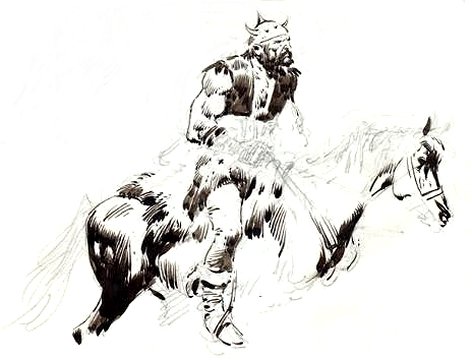 Page 7: Stanzas 13 and 14 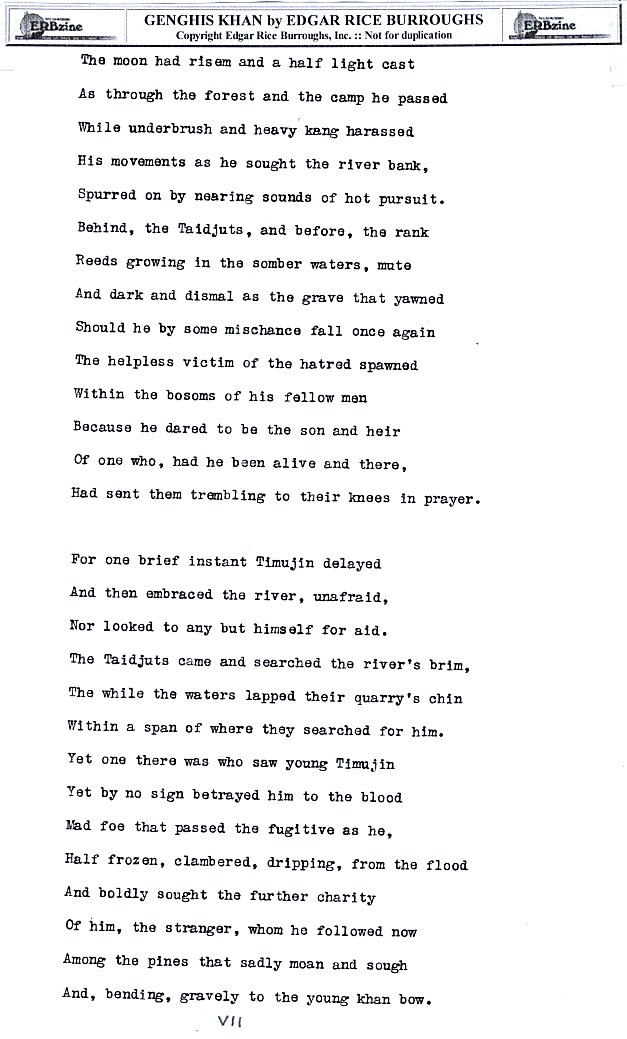 Page 8: Stanzas 15 and 16 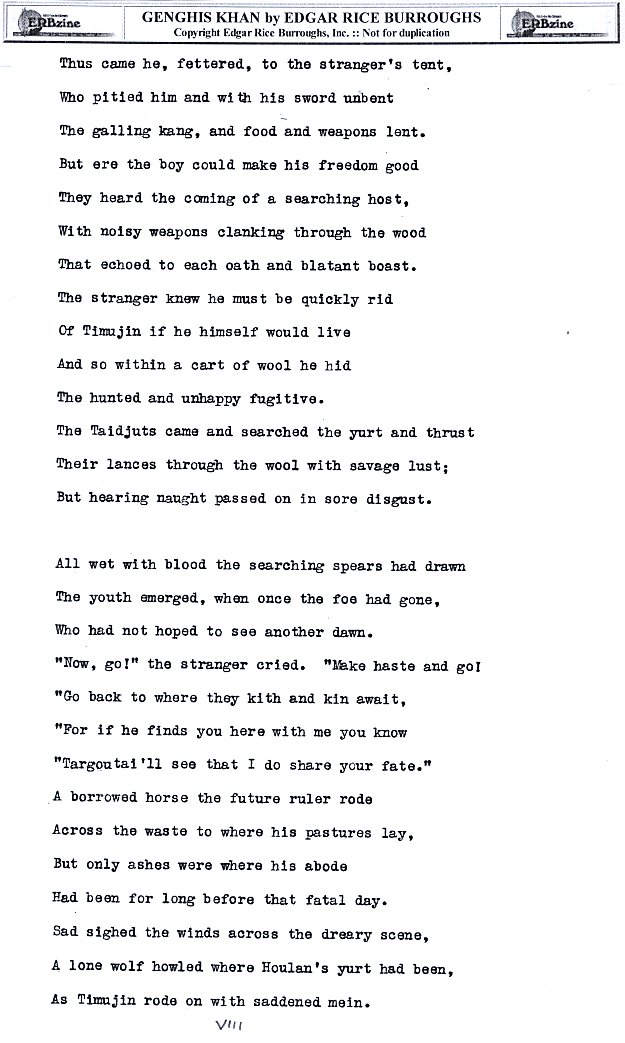 |
|
Deleted
Deleted Member
Posts: 0
|
Post by Deleted on Apr 27, 2017 17:12:01 GMT -5
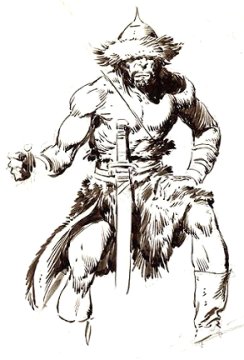 Page 9: Stanzas 17 and 18 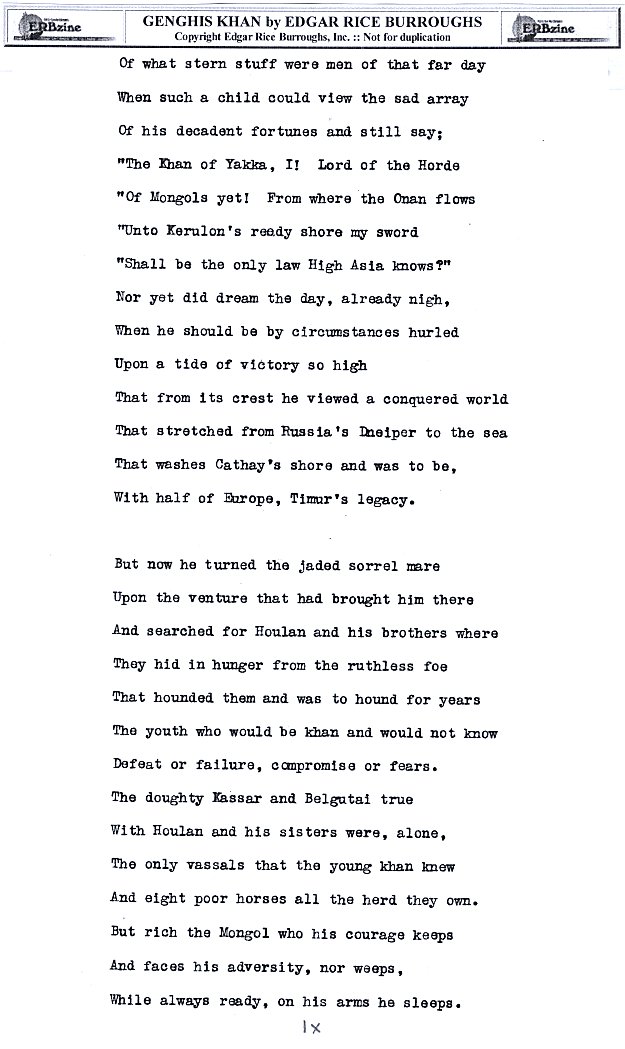 Page 10: Stanzas 19 and 20 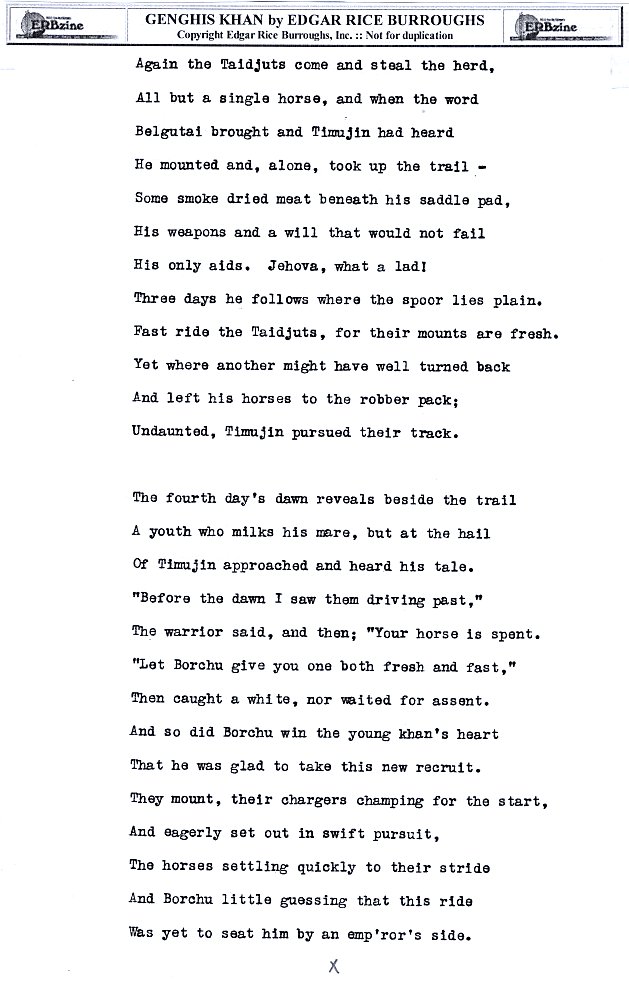 |
|
|
|
Post by deuce on Apr 28, 2017 10:27:48 GMT -5
|
|
Deleted
Deleted Member
Posts: 0
|
Post by Deleted on May 5, 2017 12:38:01 GMT -5
Kazakh TV Series: Martial Arts of a Turkic World.
Turkic-Mongolian Empire: Birth of Temujin.
|
|
|
|
Post by deuce on May 11, 2017 23:15:10 GMT -5
The gloves are comin' off! A sonorous rendition.
|
|
|
|
Post by deuce on May 13, 2017 10:18:55 GMT -5
|
|
Deleted
Deleted Member
Posts: 0
|
Post by Deleted on May 14, 2017 0:48:40 GMT -5
|
|
Deleted
Deleted Member
Posts: 0
|
Post by Deleted on May 16, 2017 23:48:50 GMT -5
From Warhorses to Ploughshares: The Later Tang Reign of Emperor Mingzong, Hong Kong University Press, 2015
 Description: Mingzong (r. 926-933) was the most illustrious emperor of the Five Dynasties, and one of the most admired of China's middle period, the Tang to Song. A warrior of Shatuo-Turk ancestry, he ascended the throne of the Later Tang on the heels of a mutiny against his adopted brother, thus sparing his dynasty an early death. Mingzong's brief reign came to be heralded by historians as the "Small Repose"-a happy convergence of peace and prosperity. He marshaled a cluster of eminently able courtiers, men who balanced Confucian charity against the military discipline demanded in a time of transition. These years were marked by trade with bordering states, frenzied diplomatic activity, and a succession of defections from states to the north. Mingzong wisely eschewed military conflict, except as a last resort. Conservative in moral and legal matters, he introduced radical economic reforms that included deregulation of traditional monopolies and timely changes to the tributary system. Drawing extensively on primary sources, including Mingzong's spirited correspondence with his officials, this political and cultural biography brings to life a charismatic emperor who was held up as a model ruler by succeeding generations.  Description: The Later Tang was the first of several ephemeral states created by the Shatuo Turks in tenth-century China and Li Cunxu, a martial genius, was its founder. In fifteen years, he turned a small satrapy on China's periphery into a powerhouse capable of unifying the north and much of the southwest. He governed on the principle of racial inclusion and refused to set the ruling minority above the Chinese majority through special privileges. As someone highly literate and artistically gifted, Li Cunxu seemed uniquely capable of bridging rifts within his culturally diverse ruling elite. Unfortunately, he shared the sort of self-absorbed narcissism typical of dynastic founders, which contributed to his denouement merely three years into the reign. The Later Tang dynasty presided over the epic changes that occasioned the Five Dynasties, when China evolved from a moribund medieval state dominated by hereditary elites to one organized around individual merit, an essential element of the nation-state. Critical to the evolution of governance in the tenth century was the rule of military magnates without vested interest in the old order. |
|
Deleted
Deleted Member
Posts: 0
|
Post by Deleted on May 17, 2017 11:31:04 GMT -5
Dark Cloud singing an Uygur folk song to Zhang Ziyi in Crouching Tiger Hidden Dragon.
|
|
Deleted
Deleted Member
Posts: 0
|
Post by Deleted on May 19, 2017 11:47:36 GMT -5
The Great Liao: Khitan Relics from Inner Mongolia Exhibition.
23 APRIL 2017 TO 29 OCTOBER 2017 - The Drents Museum, Assen, Netherlands.The Great LiaoIn 2017-2018 the exhibition The Great Liao highlights the splendour of an Inner Mongolian nomad dynasty.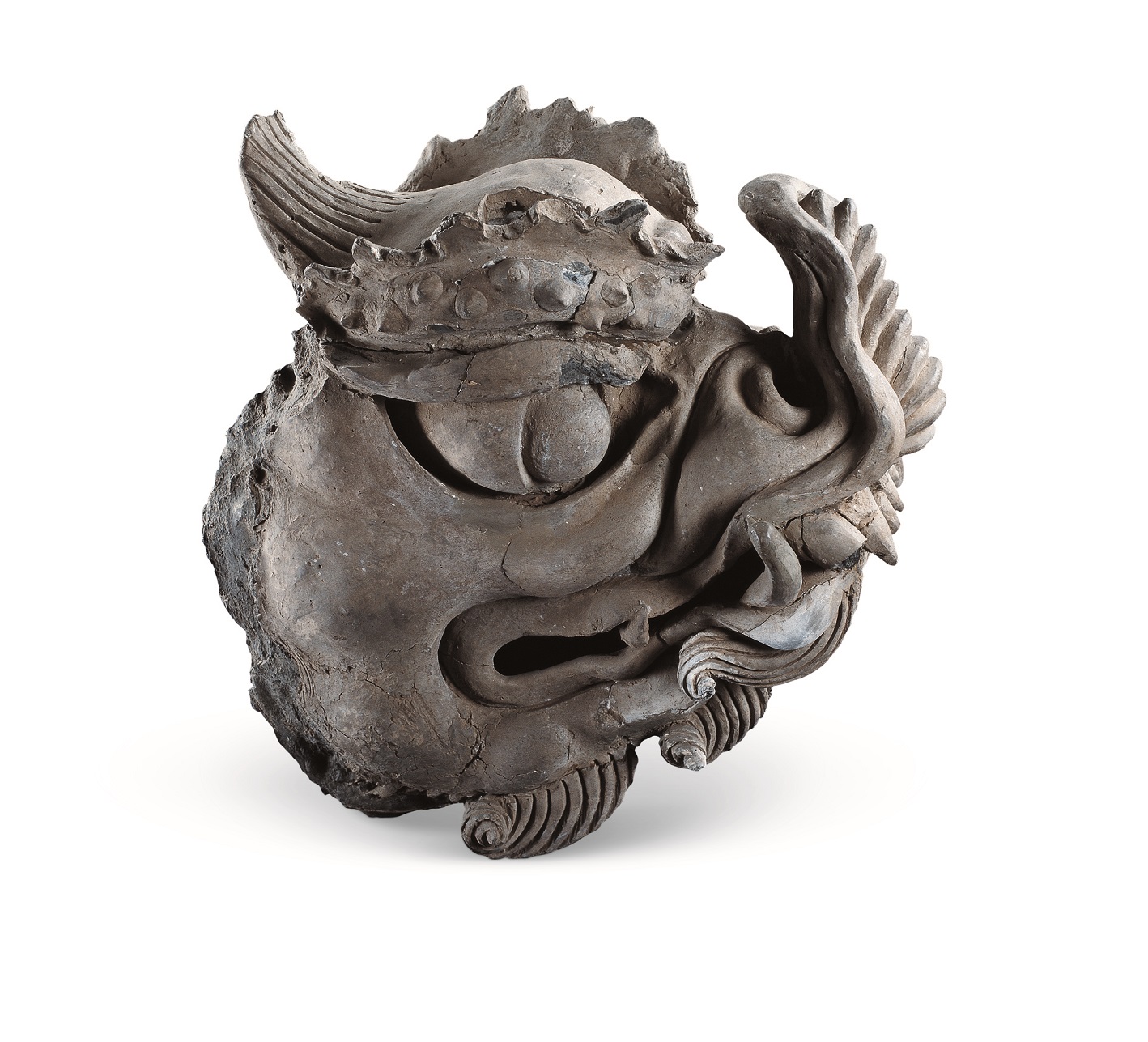 The Great Liao The Liao dynasty tells the wondrous story of an originally nomadic people that built a large and mighty empire in Mongolia in the 10th and 11th century. This empire did not only contain what is currently Mongolia, but large areas of Russia and China as well. Finds from 30 different excavations form the core of The Great Liao, a major international archaeological exhibition that will be on display in the Drents Museum firstly in 2017-2018. 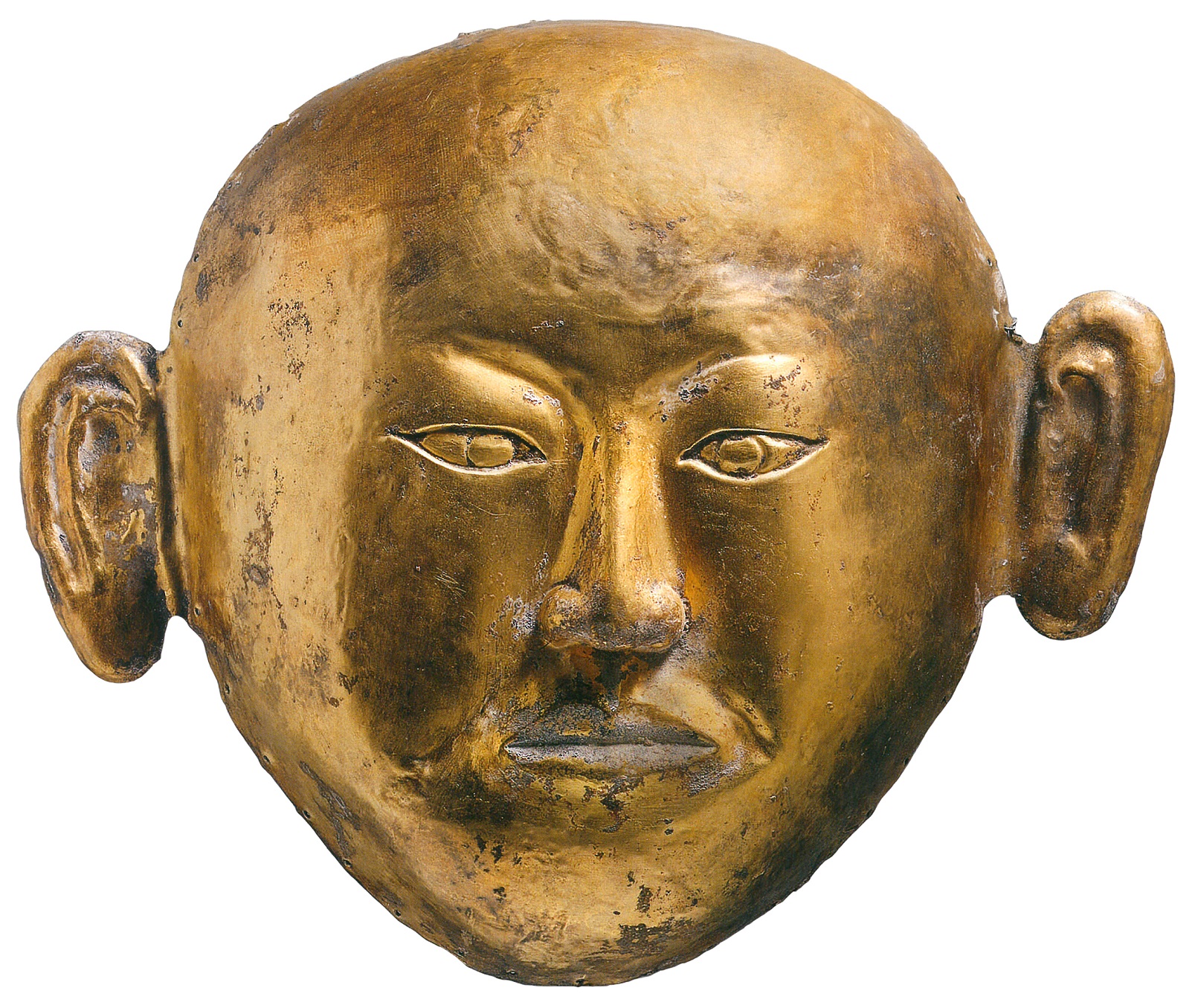 Golden death mask The exhibition's highlight is the grave of the princess of Chen. She died young in 1018 and was given a golden death mask indicating her royal standing. The mask, together with more than 120 precious objects including wonderful pottery, jewellery, crockery and horse harnesses, show the Liao dynasty's pomp and splendour. If you're nearby in Europe at the time and wanna explore the world of the Khitan conquerors of China - Here's a link with some ore info: drentsmuseum.nl/en/exhibitions/great-liao
|
|
Deleted
Deleted Member
Posts: 0
|
Post by Deleted on May 19, 2017 11:50:37 GMT -5
Here's a short trailer for the Great Liao Exhibition.
|
|
Deleted
Deleted Member
Posts: 0
|
Post by Deleted on May 21, 2017 4:44:38 GMT -5
Ancient Megalithic art of the Altaic Nomads or Nature?
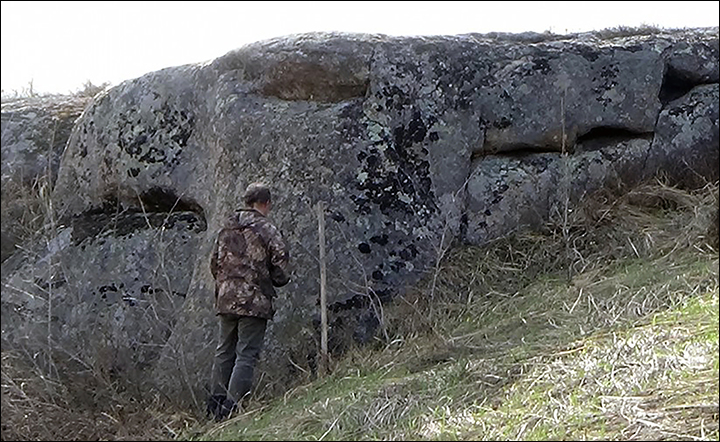 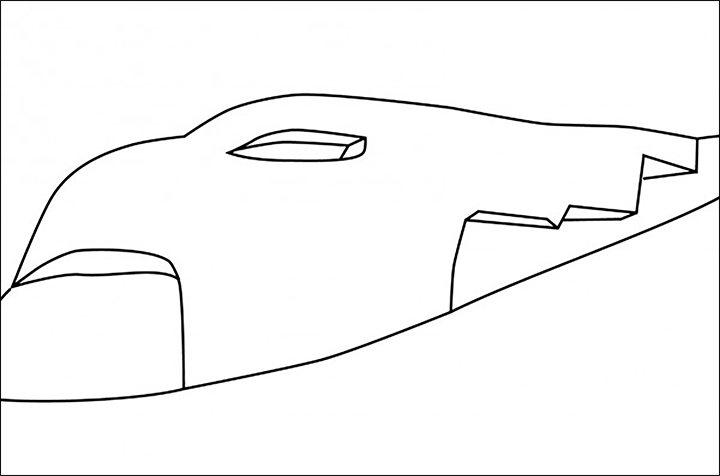 'At first sight, the hulking griffin depiction resembles eagle-headed mythical creatures of this kind in Siberia's Scythian culture which held sway between 2,000 and 3,000 years ago. 'At first sight, the hulking griffin depiction resembles eagle-headed mythical creatures of this kind in Siberia's Scythian culture which held sway between 2,000 and 3,000 years ago.
Yet the Scythians did not create such monumental sculptures, and these megaliths appear substantially older, on a par with the oldest examples known to man, Ruslan said.
'It resembles a reptile's head with distinctive jaws and eye,' he said. 'The stone bird is 5.9 metres in length and over 2.5 metres in height.
'The griffin has a distinguished skull, a bold and heavy beak, an eye shaped like a cavity and a long notched crest. Its neck can be clearly seen, and the rest is, perhaps, hidden underground.
'The sculpture is facing east, and is surrounded by other anthropological objects including holes of, supposedly, cult or religious purposes.' Pics by Ruslan Posyolkov. 'This cool-looking dragon drawn on a rock weighing a staggering 120 tons is believed to be exceptionally old, a megalith designed by a mysterious ancient population about whom we know nothing.
The unique megaliths were located at Mokhnataya mountain in Altai region, some 20 kilometres from the resort town of Belokurikha.
Archeological researchers who found the granite monuments believe they date back deep into ancient history, and were put into position by prehistoric people, yet how they did so, and why, currently defies understanding.
The heavyweight dragon seems to be the oldest known image of this mythical creature in Russia.
It does not appear to be related to the Chinese style of portraying the mythical creature, but a unique Siberian depiction.'
Wanna read more? Here's the link. siberiantimes.com/other/others/features/found-dragon-and-griffin-megaliths-dating-back-12000-years-to-end-of-ice-age-or-earlier/
|
|
|
|
Post by deuce on May 23, 2017 14:47:50 GMT -5
|
|
Deleted
Deleted Member
Posts: 0
|
Post by Deleted on May 24, 2017 17:39:50 GMT -5
Thanks for the link Deuce. I have neglected my Tungusic brothers and sisters recently. 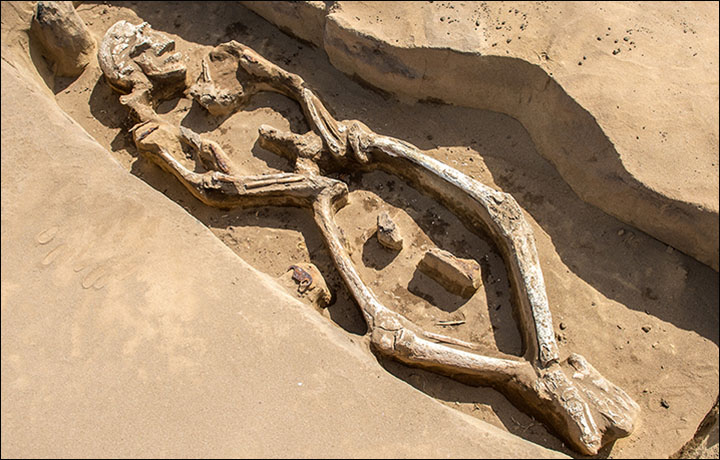 |
|
Deleted
Deleted Member
Posts: 0
|
Post by Deleted on May 28, 2017 6:09:08 GMT -5
King Arthur: The Sarmatian Theory Here's an interesting post concerning the possible Sarmatian/Alanic origins of King Arthur. aelarsen.wordpress.com/2015/08/03/king-arthur-the-sarmatian-theory/ Arthur the Sarmation, as depicted in the 2004 movie. I find the similarities with the Nart Epics of the Caucasus interesting. Here's a taster: 'A Nart warrior’s sword must be thrown into the sea when he dies. One particular character asks a friend to undertake this task for him, but the friend twice lies about doing it before finally throwing it into the sea. This same scenario occurs in Thomas Malory’s 15th century description of the death of Arthur at the battle of Camelot, in which Bedivere is ordered to throw Excalibur into a lake.' |
|